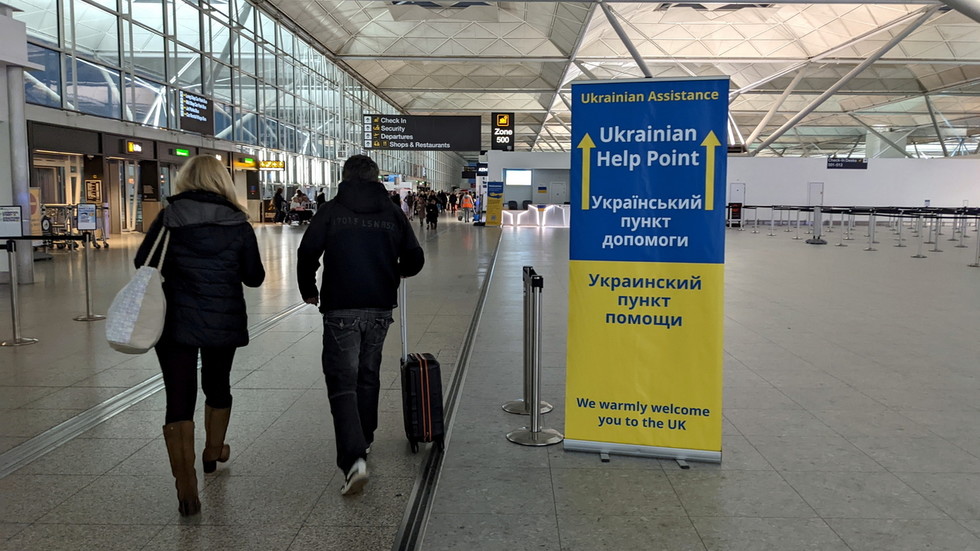Early in the morning of July 20, Ahmed Abou Askar, a 25-year-old resident of Gaza City, walked five kilometres to the northwestern neighbourhood of Zikim. Ahmed, as well as hundreds of other civilians who did the same, were praying to get a bag of flour from the food distribution centre there.
‘I nearly died’
But Ahmed told our team that once he got to the food distribution site, he encountered a “scene out of a film”.
“I found out from my cousin that aid trucks might be coming to Zikim, so we walked the five kilometres to get there. At first, I was reluctant to go get food aid in this way, which I found humiliating, but we had no food left at home. You have to walk for kilometres, carrying a 25-kilo bag of flour, which you got in the middle of a packed crowd gathered in front of a row of tanks. There is nothing more humiliating than that.
As soon as the trucks filled with flour arrived, the Israeli army just started shooting hysterically. Even the tanks fired. A person next to me was killed, and I almost died.”
To display this content from Telegram, you must enable advertisement tracking and audience measurement.
‘I have absolutely nothing to feed seven people’
Ahmed says that hundreds of people go to Zikim every day, even when there’s been no news of an aid truck arriving, just hoping to get a bag of flour.
For months, Gazans have been living under a near-total blockade. The markets are practically empty, and what is left is prohibitively expensive.
Before the war, Ahmed had just obtained a degree in civil engineering. Alongside his studies, he also ran a little business refurbishing broken electronic devices and then reselling them.
He is no longer working. He says he lives with his parents, his sister-in-law, and his brother’s four children in a house that regularly has no running water or electricity. He also says his sister, her husband, and their two daughters were killed early in the war in November 2023.
“Sometimes I go to the market, but a kilo of flour costs more than 30 dollars [Editor’s note: around €26]. Sometimes we have nothing at all. We try to get by with just one meal a day, but that can cost up to 200 dollars with seven people in my family [Editor’s note: more than €180.]
At the market, you can sometimes find aubergines or tomatoes, but they cost more than 50 shekels the kilo [Editor’s note: around €13]. Rice is 95 shekels the kilo [Editor’s note: around €25]. And often, there is just nothing for sale at all. Most of the time, the markets are empty. And when there is nothing, we eat nothing.
Right now, there is nothing left to eat. I have absolutely nothing to feed seven people. It’s been four days since we last ate.”
Ahmed Abou Askar, a young man from Gaza
An attack confirmed by the World Food Programme
In a statement posted on July 20 on the official X account of the World Food Programme (WFP), the aid programme confirmed that one of its convoys was targeted shortly after passing the final checkpoint beyond the Zikim crossing point.
“As the convoy approached, the surrounding crowd came under fire from Israeli tanks, snipers and other gunfire,” the statement reads.
To display this content from X (Twitter), you must enable advertisement tracking and audience measurement.
“We are deeply concerned and saddened by this tragic incident resulting in the loss of countless lives,” the WFP says. “These people were simply trying to access food to feed themselves and their families on the brink of starvation.”
“Today’s violent incident comes despite assurances from Israeli authorities that humanitarian operational conditions would improve; including that armed forces will not be present nor engage at any stage along humanitarian convoy routes,” the WFP added.
The statement calls for an immediate halt to shootings near convoys and food distributions, reiterating that “any violence involving civilians seeking humanitarian aid is completely unacceptable”.
At least 99 deaths according to local authorities
At least 99 people were killed and dozens were wounded in the incident, according to a count by Gaza’s health ministry published on July 21.
Photos taken by Gazan photographer Ali Jadallah, who works for the Turkish press agency Anadolu, show wounded people being transported to hospitals, carried by civilians or overwhelmed emergency workers.
To display this content from X (Twitter), you must enable advertisement tracking and audience measurement.
Response from the Israeli army
Our team contacted the Israeli army to ask about the shots fired at unarmed civilians in Zikim. The Israeli army said that they had fired "warning shots in order to remove an immediate threat” during a “gathering of thousands of Gazans in the northern Gaza Strip”. The army said that it was still examining the details of the incident, but did not give any more information. It claimed that it “certainly does not intentionally target humanitarian aid trucks”.
The Israeli army also told FRANCE 24 that its forces are "operating in a complex environment against the Hamas terrorist organisation, which seeks to create friction, endangering both the civilians of Gaza and IDF troops, and disrupts the delivery of humanitarian aid".
‘I never want to go back to the aid trucks’
Ahmed Abou Askar says that after his experience in Zikim, he has lost all faith in international aid.
“I never want to go back to the aid trucks. Even if my cousin or someone else calls me to say that they are here, I won’t go."
A hundred humanitarian organisations came together on Wednesday, July 23, to say that "mass starvation" was spreading across Gaza. In their statement, the NGOs, including Médecins Sans Frontières, Médecins du Monde, Amnesty International and Oxfam said: "Massacres at food distribution sites in Gaza are occurring near-daily. As of July 13, the UN confirmed 875 Palestinians were killed while seeking food, 201 on aid routes and the rest at distribution points.”
The UN says that the more than 2 million people living in Gaza are all at critical risk of famine.











 English (US) ·
English (US) ·